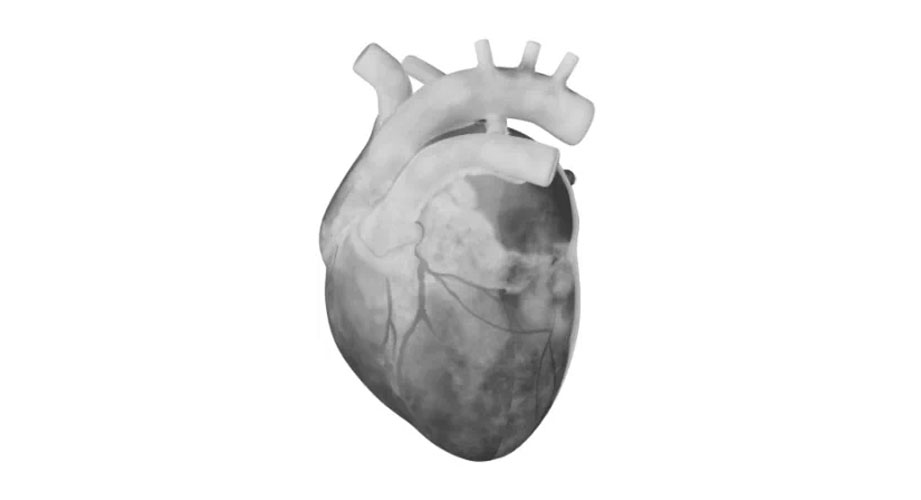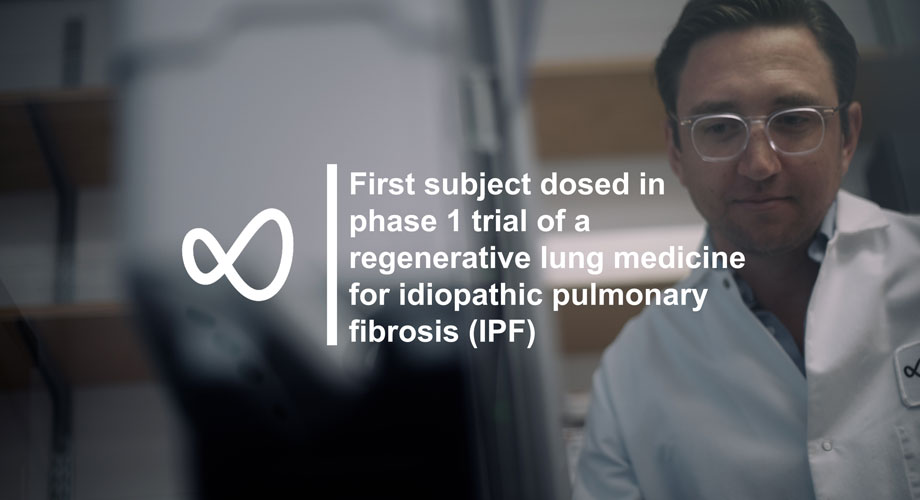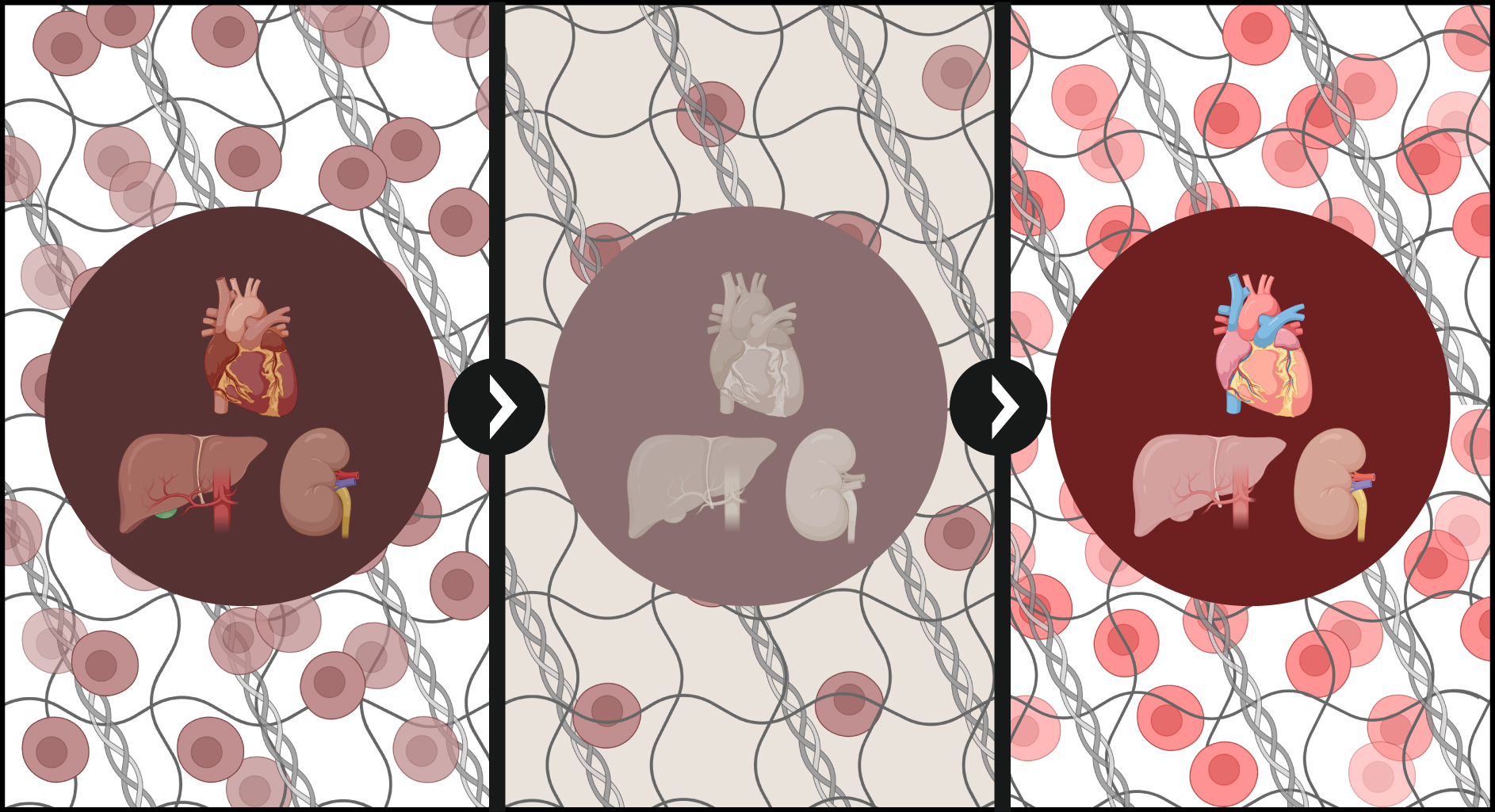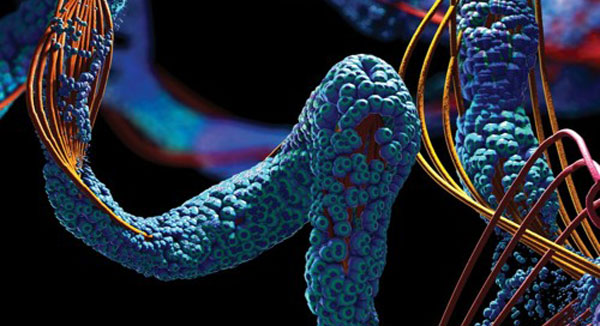Reversing the damage of age-related disease
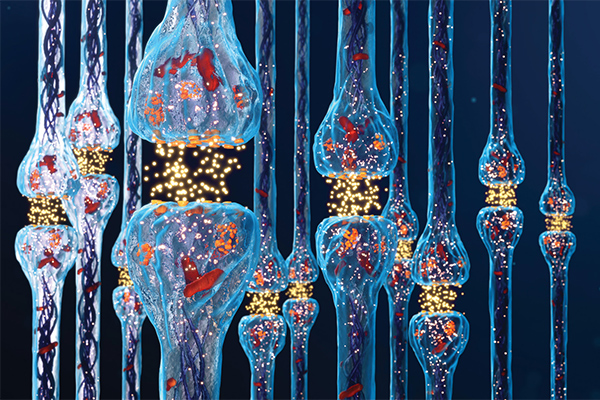 By 2050, approximately 40% of the U.S. population will be age 65 or older. While increased lifespan is encouraging, the societal challenges are becoming more apparent: Chronic diseases are overwhelming the ability of families, government agencies and healthcare providers to provide care and pay for medical costs.
By 2050, approximately 40% of the U.S. population will be age 65 or older. While increased lifespan is encouraging, the societal challenges are becoming more apparent: Chronic diseases are overwhelming the ability of families, government agencies and healthcare providers to provide care and pay for medical costs.
In response to this growing crisis, Scripps Research scientists have made major advances in deciphering biological underpinnings of aging and developing a new generation of experimental medicines to prevent, treat and manage chronic age-related disease. Here we outline some of the most promising areas of regenerative medicine research at Scripps Research and Calibr-Skaggs, our drug discovery and development division.
Experts Available
Experts from Scripps Research are available to discuss the field of regenerative medicine and their ongoing work with members of the press. To schedule an interview, contact the Office of Marketing and Communications – press@scripps.edu.
Resources
The Wall Street Journal: Science Is finding ways to regenerate your heart
Read about how Scripps Research is advancing regenerative medicine in The Wall Street Journal.
CMR316 is a once-weekly inhaled, lung-targeted drug designed to precisely expand lung stem cells and regenerate damaged lung tissue.
Scientists at Scripps Research and its drug discovery arm, Calibr-Skaggs, develop first-in-class small molecules to repair damaged tissues of the heart, lungs, joints, and more.
Press Release: How a new drug prototype regenerates lung tissue
A new study from Scripps Research and Calibr-Skaggs scientists provides pharmacological proof of concept for an upcoming phase 1 clinical trial.
Front Row lecture: Regenerating tissues to treat disease
By combining traditional drug discovery tools with modern biological techniques, Michael Bollong and his lab are developing novel medicines that can intervene in the processes that cause a spectrum of human diseases and medical conditions.
Podcast: Precision therapies for age-related diseases
A recording of an article from the Summer 2021 issue of the Scripps Research Magazine delves into at how breakthroughs in chemistry have enabled the rational design of therapies that can stop or slow complex diseases of the heart and nervous system.
Podcast: The biochemistry of aging
A recording of an article from the Summer 2021 issue of the Scripps Research Magazine describes what happens inside the cell with age and how new chemical tools are leading us towards ways of repairing the damage and preserving our youth.


